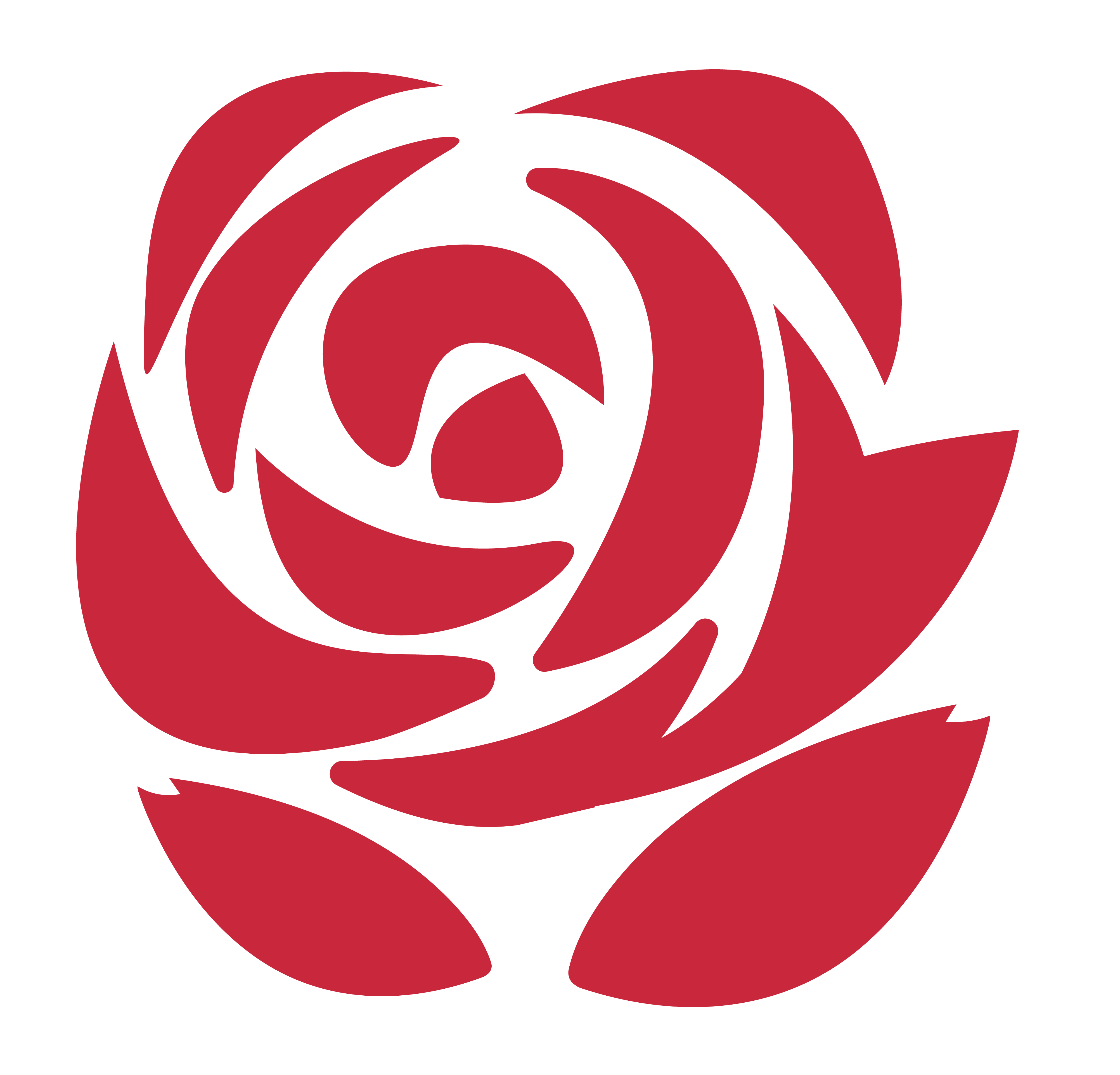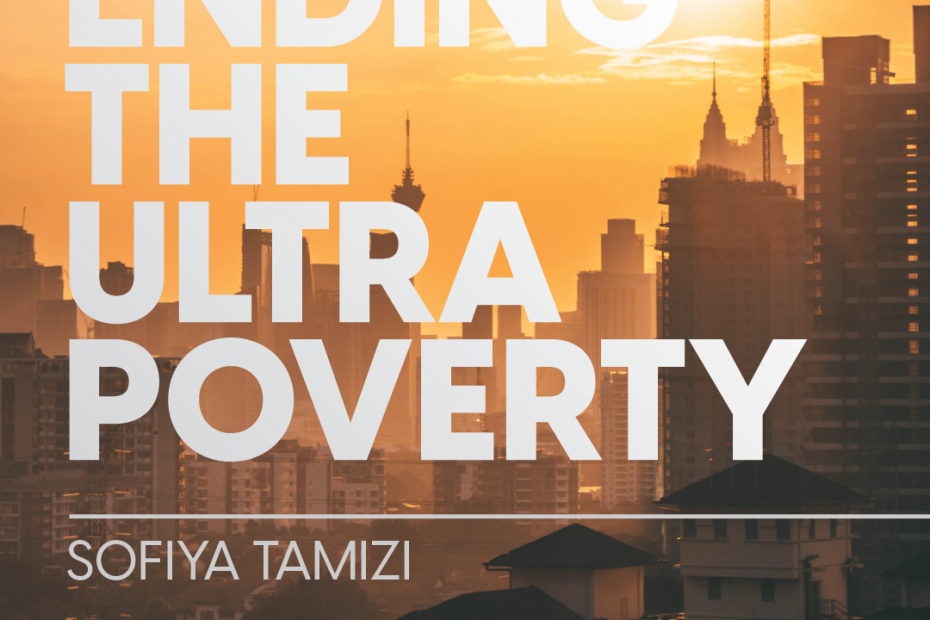The COVID-19 has forced a spike in the extreme poverty rate, either nationally or globally. Due to the pandemic, the national rate of poverty increased from 5.6 percent in 2019 to 8.4 percent in 2020. Meanwhile, as stated by World Economic Forum – because of the pandemic, the global poverty rate increased from 7.8 percent to 9.1 percent.
Among the things that can be commended for the Twelfth Malaysia Plan (RMK-12) is when it began to recognize a more specific and relevant context of poverty, especially along this post-pandemic, known as Multidimensional Poverty Index (MPI). This MPI would be a better indicator to measure the level of poverty for a household, rather than the old measurement which merely uses household incomes as a benchmark of poverty.
However, we may need a separate poverty measurement indicator between the urban and rural poor. Using the national standard poverty rate is unfair, as there are areas (districts and states) that face varying situations and levels of poverty. This can be seen through a data-driven organization in Malaysia, Wiki Impact when the data recorded Sabah as the poorest state in Malaysia, although it decreased compared to the previous 4 years, where the poverty rate in Sabah was recorded at 23.9%. Followed by Kelantan, where few rural areas can still be considered located in these both states.
The poverty rate in Sabah is 19.5 percent in 2020, while in the same year, the poverty rate in Kelantan was reported at 12.4 percent, which is the second state with the highest poverty rate. Research made by a Research Institute and Poverty Management (InsPeK) in UMK reported Kuala Lumpur as the lowest poverty rate in Malaysia.
Besides the need for a new paradigm in defining and measuring poverty, we also need to re-examine and re-evaluate the current Poverty Line Income (PLI) especially along with the phase of post-pandemic.
According to the findings of the Department of Statistics Malaysia (DOSM), the Poverty Line Income (PLI) used according to the 2005 methodology is RM980, while the national PLI based on the 2019 methodology is RM2,208.
However, after the pandemic, a lot of middle-class people fell into the low-income group, while the poverty rate rose higher. The Economic Survey of the Ministry of Finance itself estimates between 600,000 to a million of M40 households have slipped into B40, so why do we still narrow the measure of the national PLI?
Therefore, the current PLI rate of RM2,208 is no longer relevant. So, what the government needs to do is to make a detailed reassessment and increase the new PLI rate to ensure no poor groups are left out of seeking assistance.
There have been different government assistance targeting different household income groups and individuals, those who earn slightly above the income bracket of the assistance are excluded.
To build support and fully meet this moment of crisis a “business as usual” approach will not work. We must be able to demonstrate clear efforts to effectively reach those who are most marginalized.
Hence, we need to revise the MPI especially the absolute indicators. Use MPI not just for poverty measurement, but also as a checklist for delivery of services.
There is a crucial need and to study and refine poverty because the study of the causes of poverty is the study of the causes of degradation of a large part of mankind. That is, by studying the causes of poverty, similarly to where we delve into the causes of deterioration for the vast majority of human beings.
Ending Ultra-Poverty; I would define it as outlined concrete proposals to address the most severe forms of poverty including the evaluation of multidimensional, besides knowing the real structural vulnerabilities.
Poverty is colour blind. Let’s ensure no one is left behind.
Sofiya Tamizi ialah seorang pemain tenis amatur yang ada masanya meletakkan raket dan mengangkat pena. Suka baca buku, tapi bukan ‘nerdy bookworm’.


